Back in May, shortly after Gareth Emery released Drive, his long-awaited second studio album, and as his Drive tour was just getting started, I got in touch with him to get a preview of what his upcoming shows had in store for his fans.
Last night, Gareth made a stop in Chicago, where I got to experience his set for the first time since EDC Vegas 2013 — and I finally got to meet the man himself. His set had a nice balance of tracks off of his Drive album (including some new remixes) as well as some festivals bangers, and Concord Music Hall lit up, with the entire crowd on their feet and chanting his name. After his set finished, I found him in the green room, and although I was absolutely ecstatic to see him in person, I felt extremely nervous and shy thinking that just in a few minutes, I’d be having a conversation with a producer whose music I’ve admired since I first heard his Northern Lights album in 2011 (which was also the year when I was just starting to really get into the EDM scene). My excitement overcame my nervous jitters, and I finally walked up to him and introduced myself. I thanked him for sharing my piano covers of his work (“Fight the Sunrise” back in 2011 and more recently, his Drive album), as well as for giving me a shoutout on his Podcast about a year ago.
Then we commenced the interview, where we talked about the inspiration for his Drive album, his process and involvement with songwriting and collaborations, his meaning of “timeless music,” and a bit about his third album that’s already in the works. Gareth was so friendly and charming the entire time, and I’m glad that he asked if we wanted to take a picture (because I was feeling so shy I didn’t think I could ask!). Hope you enjoy the interview below, and check out when Gareth comes to a city near you.
You’ve had a crazy busy schedule! You performed at Coachella and just got back from EDC Vegas. After finishing up your Drive tour in the UK, and starting it in the US, do you feel that the US and UK crowd respond differently to your set?
Everyone who comes to the Drive tour shows are hardcore fans and aren’t necessarily representative of the normal crowds in the UK or the US. In the UK, generally the crowd is a bit older because the scene has been around for a lot longer there, and the people tend to like the older songs more. My biggest tracks in the UK would be tracks like “Sanctuary” or “On a Good Day (Metropolis)”. Here in the US, it’s kind of the more recent stuff like “U” and “Concrete Angel.” The musical taste is a bit older in the UK but both awesome crowds, both fun places to play.
Your Drive album was inspired by your roadtrip with you and your wife. Was there any specific image that directly correlated with a track off your album?
The emptiness what really inspired to me. I’ve been to the US many times in the past 10 years or so, but I’ve only flown in and out from the major cities, so I had never seen what was in between. So when we drove from New York to LA, it was amazing to see these whole expanses of deserts, mountain ranges, especially doing Route 66 from Oklahoma to LA and seeing deserted ghost towns and this incredible scenery.
And how did you translate that scenery into music?
When I try to write a piece of music, I’ll usually have a place in mind where it will be played, whether it be at a festival like EDC or maybe a roadtrip through a desert. So that was my starting point for providing the music. But also, the great thing about an album is, there is a whole visual aspect to it that you don’t really get with singles. I was able to tie in a lot of album artwork and the video for “U” to make an old-school, Western Americana roadtrip theme. It’s a whole product — the visual aspect to the album as well as the music, which is cool.
You’re very involved with the songwriting process, and the Drive album has a lot of collaborations with Krewella, your sister Roxanne and Bo Bruce. What’s your process in fitting the vocals with the idea you have for the music?
Sometimes it begins with the vocals. “Concrete Angel” started with the vocals and it was already written as an acoustic track. “U” was already written as a rock track and I turned it into an electronic track. Then there are other tracks like “Soldier” with Roxanne where I began with the instrumental and she wrote the vocals. The key thing for me is to be involved in the process at all points. I won’t just take the vocals without cowriting it myself, so I’ll always be making little tweaks.
Is that why there were 30 revisions between you and Krewella for “Lights and Thunder?”
For “Lights and Thunder,” the vocals didn’t really change from the start. They wrote a pretty good hook; it was just the drop that was the most difficult bit. We just couldn’t get a drop that worked and I was going with idea after idea, and I was testing them and they were testing them. Eventually they came out to the studio and we wrote what turned out to be the final drop together. That part was extremely difficult.
Was there a track that turned out to be completely different from your initial idea and the final outcome?
A lot of the tracks, actually, I started writing about a year before they actually got released. So the final version ended up being a little less EDM and a lot less drop-oriented than the original ideas. When I first started writing the Drive album, I was way more into the hard drops and I kind of got bored with that last year. As I got to finishing the album, I kept the basic elements of the songs, but the final production was more melodic than the hard festival drops. We kind of relied on the remixes to get us those drops, like W&W did an amazing festival-style remix of “U.” If I had written album previously, that could have been the way the original would have sounded.
When making Drive, you wanted it to be a timeless record rather than sticking to a trend at the time. You’ve mentioned in the past the emphasis on melody — what other things make a track timeless?
Good songs are very important. When you look back the songs you heard 5 years, 10 years, 15 years ago, those usually were vocals songs. Not always — sometimes you have instrumentals like Darude’s “Sandstorm” which is still being played 15 years later after it first came out — but generally, songs have a better lifespan than instrumental tracks. So if you write good songs and have a good melodies to go with them, and you get a little bit lucky and the song takes off, you can end up with a track that will last a long time. It’s amazing for me that I can still play a track now that I made 5-6 years ago, especially given how fast this scene moves. Music is super disposable these days, but it doesn’t have to be. If you write music in the right way, it can last longer.
You’ve been known to find new vocalists who aren’t necessarily connected with the EDM scene. What makes you seek them out?
I think it’s cool to work with some EDM vocalists — Krewella was an awesome collab because they don’t sing on everyone’s records and they’re also super talented, so that was fun. The danger of a lot of well-known EDM vocalists who have done a lot of tracks is that they just come with a lot of baggage, and it’s hard to ignore what they’ve already sung. It’s like Joey from Friends. He’s a great actor but he’s always going to be Joey from Friends. The ones that haven’t sung electronic music don’t come with that baggage and you can introduce them to the audience for the first time. I did that with Christina Novelli with “Concrete Angel” and same with Bo with “U.” And we found Gavin, who sang “Eye of the Storm,” on YouTube singing cover versions of Swedish House Mafia. For me it’s kind of more rewarding to find those gems that haven’t entered the EDM world yet.
What do you look for in these new vocalists?
For me, a singer’s voice has to have something that sets them aside and makes them identifiable. There are a lot of people who are amazing singers but sound like generic divas. So if somebody has something unique in their voice, that’s important. But also important are people who can write songs. For example, “Concrete Angel” was Christina’s song before we started working together. I think that when you’ve written a great song as a singer, there’s an emotion that you can infuse into that song that you don’t always get when singing someone else’s song.
You also took part in the “Off the Grid” series, where you were on a desert and had to come up with a track based on your experience there. What was that like?
We were in the middle of the Joshua Tree for 3 days. It was isolated because the phone signals didn’t work, and it was also hard work. When I’d wake up in the morning, there’d be a camera crew and they’d say, “We’re going on like a 10-mile hike. You have to bring your laptop as well and write music when you get there.” I guess it kind of showed me what it would be like to be on a reality TV show because they were filming me 24/7. The track that came out of it was super cool and it was a fun experience, and it showed me that it was good to get off the grid occasionally. I want to do it more and more, to put the phone down and turn the Internet off.
If you could go off the grid again, where would you want to go?
It wouldn’t necessarily be going somewhere. I think even if I’m going to the studio to write music, I’m trying to get into the habit of where I won’t take my iPhone with me and I’ll go somewhere that doesn’t have a Wi-Fi connection. It’s just one of the dangers of the modern world where we’re just constantly connected, always refreshing Twitter, Facebook and Instagram and checking emails and notifications. And it is cool but takes over your life, and it can be difficult to focus on creating art, which is ultimately what we’re supposed to be doing. Would Beethoven have written half of his classics had he been on Twitter the whole time? I’m trying to disconnect a little bit rather than being constantly plugged in.
I’ve read that you’ve been building a new studio and have a third album in the works?
The last album took 4 years which I think was too long. When I made Northern Lights, I wasn’t a big artist; I was kind of a support artist and then I fanned out from that. I went from doing 30 or 40 shows a year to doing like 150 shows a year. So all of a sudden, I had no time to get in the studio, which is why Drive took 4 years. But this time, within 18 months to 2 years is when I want to put out a new album. I’ve already written probably 10 melody ideas for the next album. The new studio is half finished, and should be done by the beginning of fall, and it’ll be the best studio I ever had. I never had a proper studio at home before, so I’m super excited!
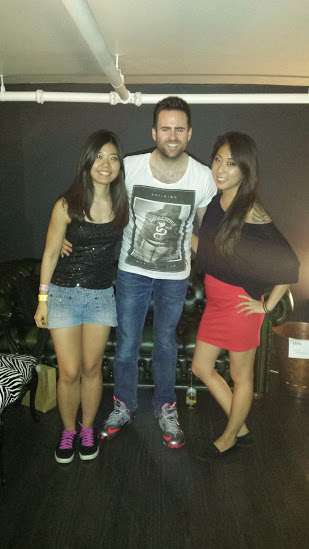
Header Photo Credit: 4fun.tv

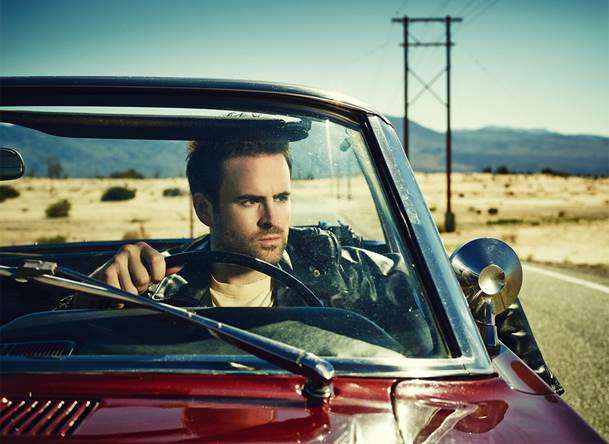
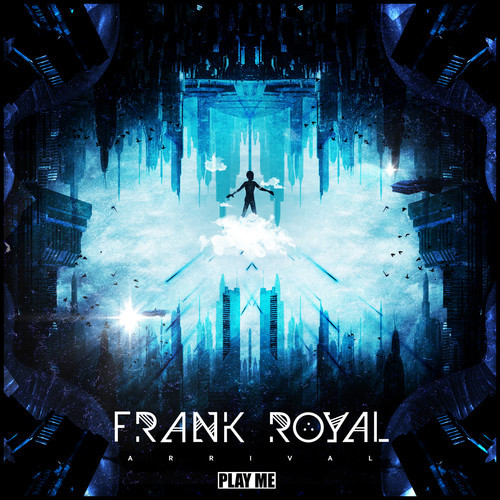
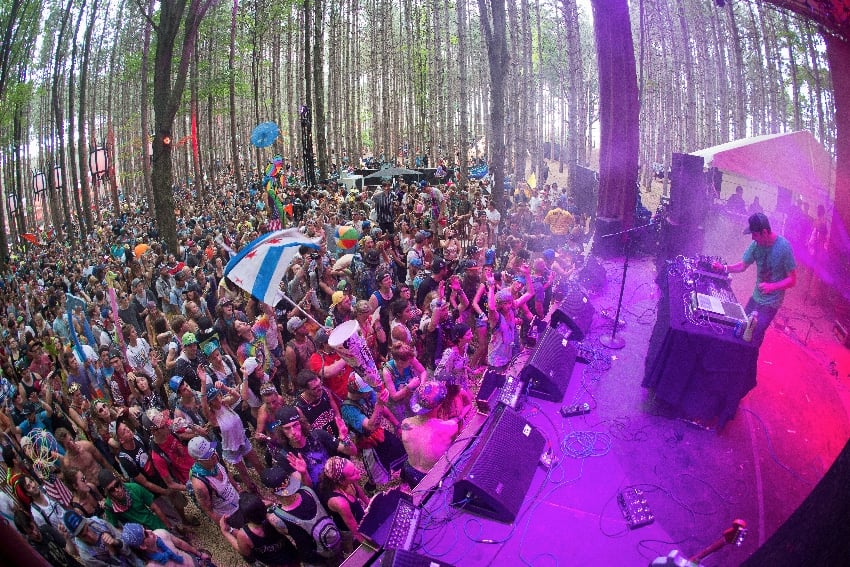
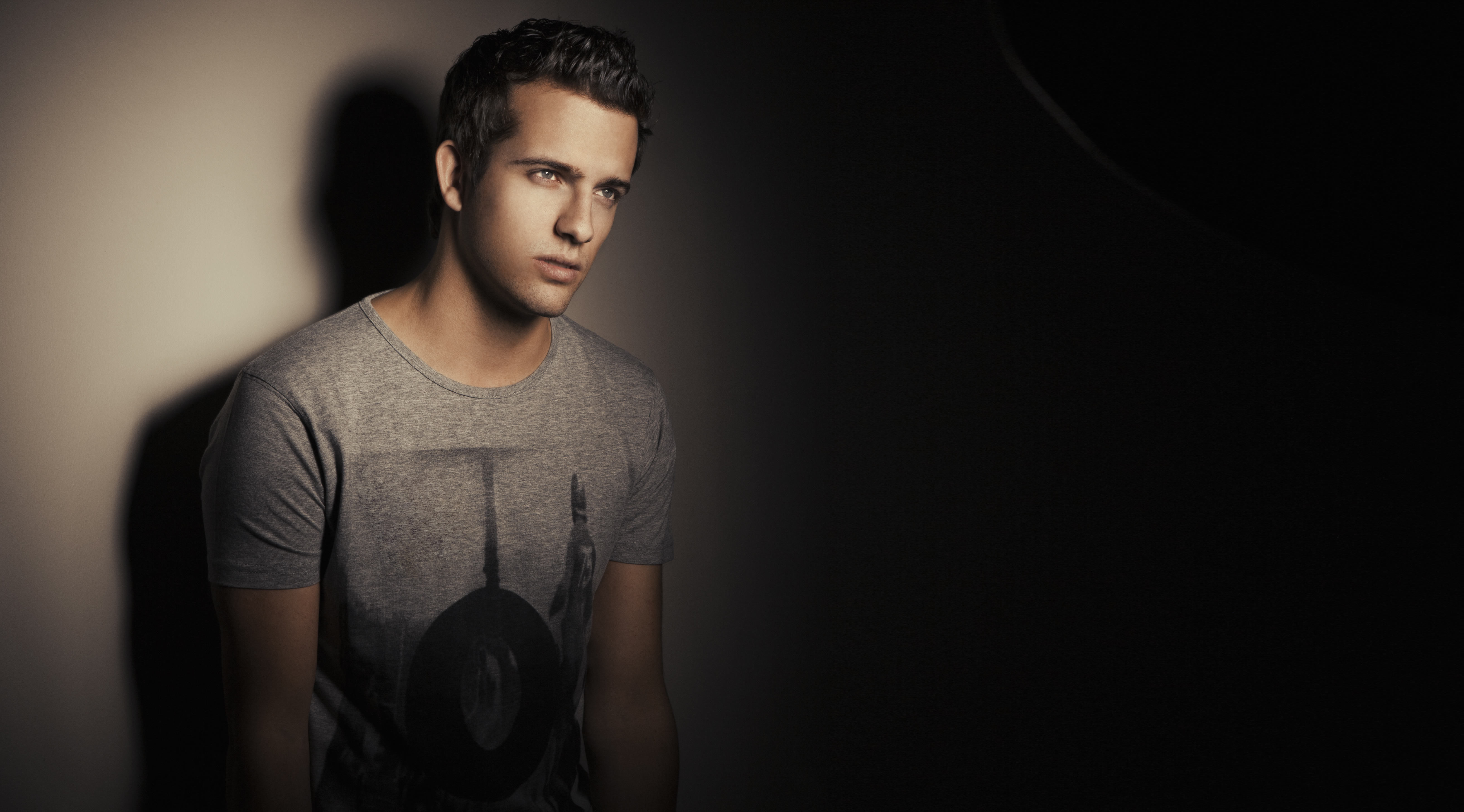
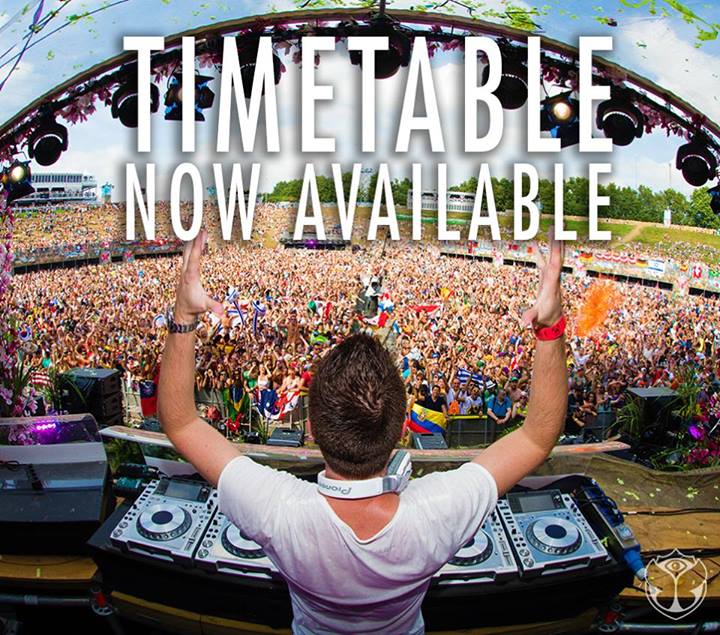
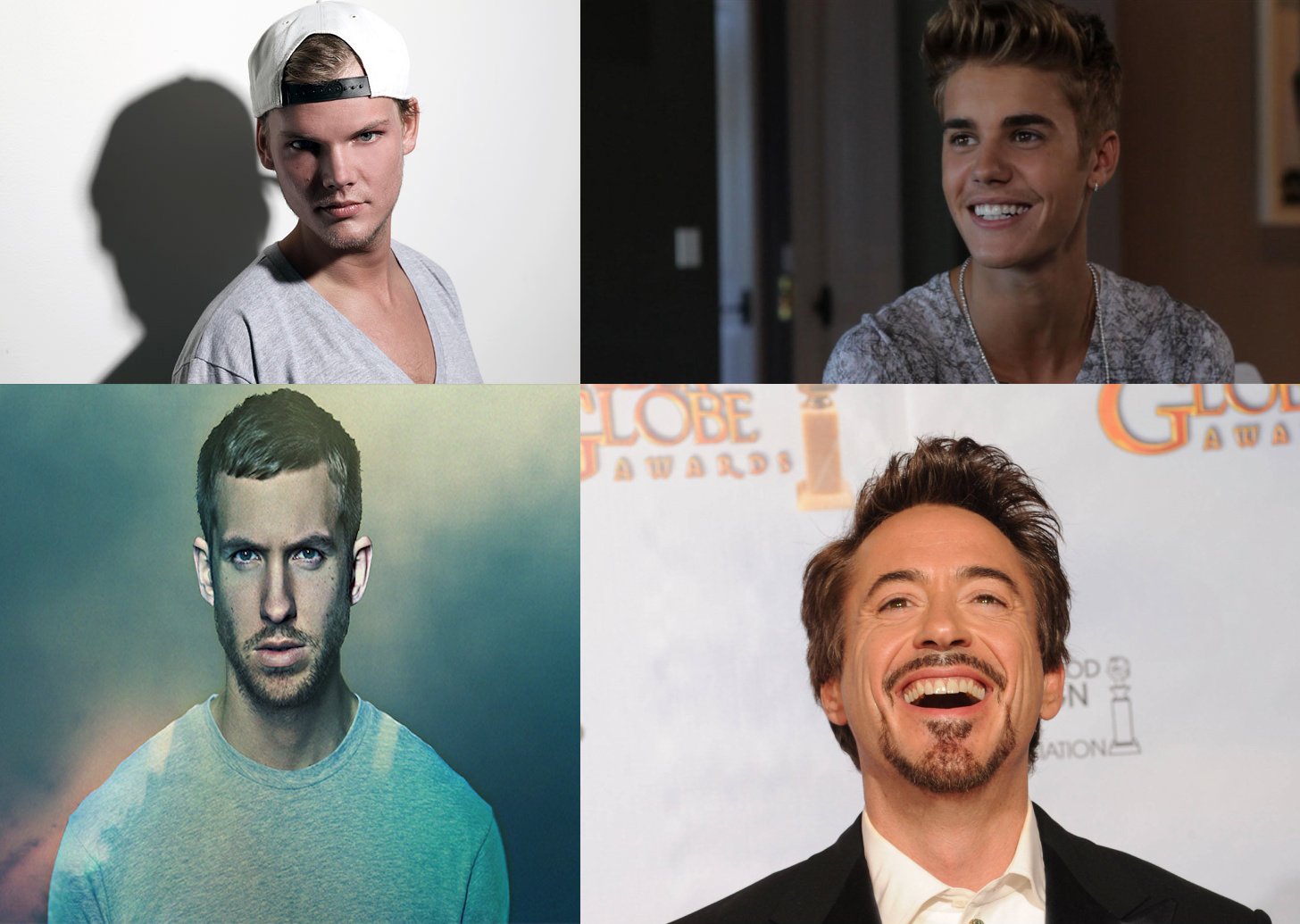
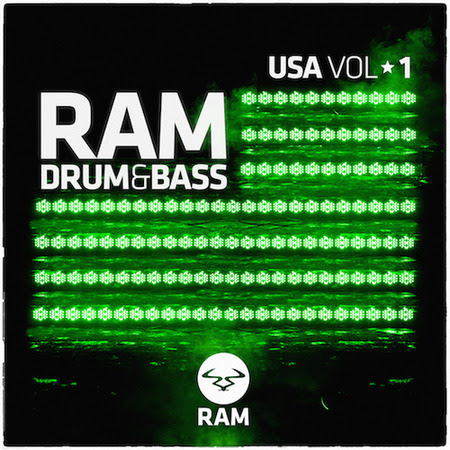


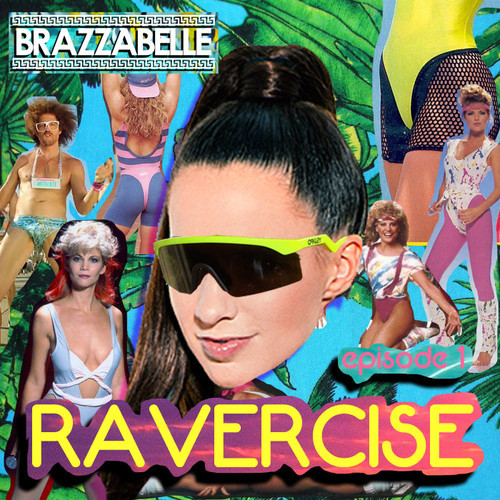
Amazing Interview!!. Greetings from Mexico.
I saw Gareth Emery at Echostage DC this past weekend and it was my first time seeing him live. I knew he was an incredible producer, but I had not yet experienced his DJing skills; I was completely blown away at his originality, creativity, enthusiasm, and skill. This interview really captured his talent and passion. I truly believe that Gareth is one of, if not THE most talented producer in the game right now.
http://bassboutique.co.uk/shop/fuck-jungle-tee/
Thank you!